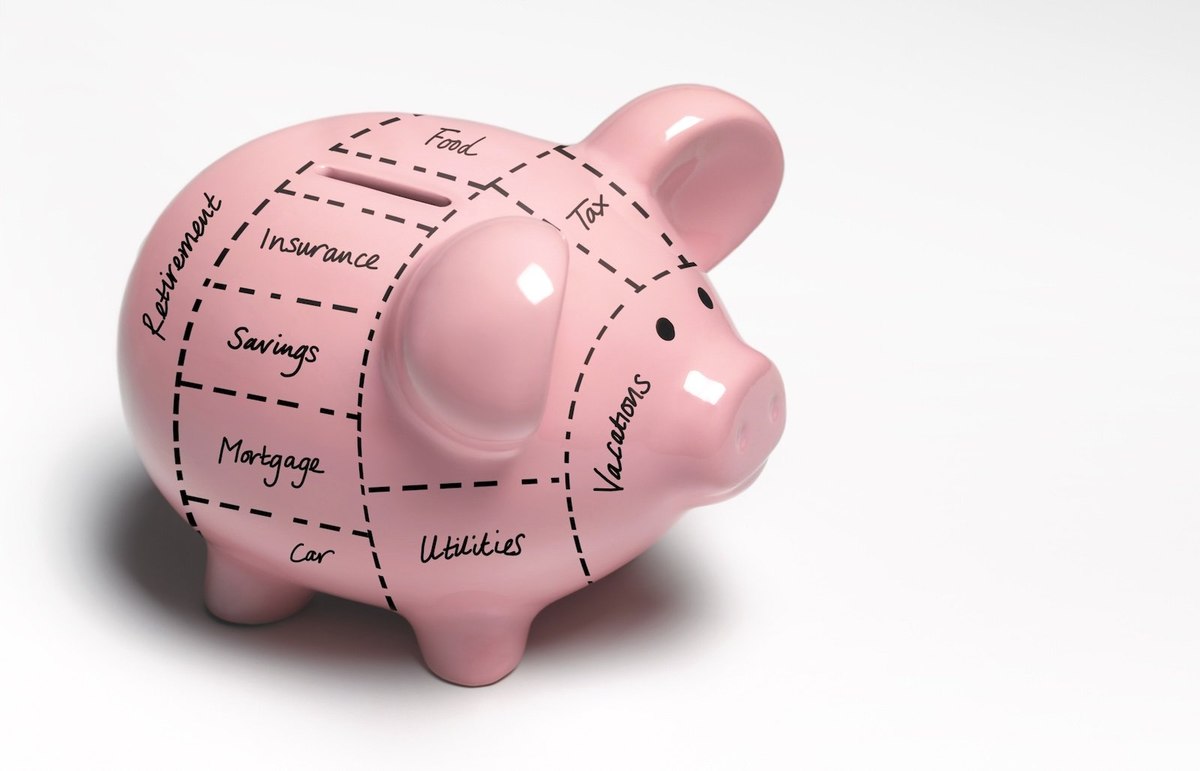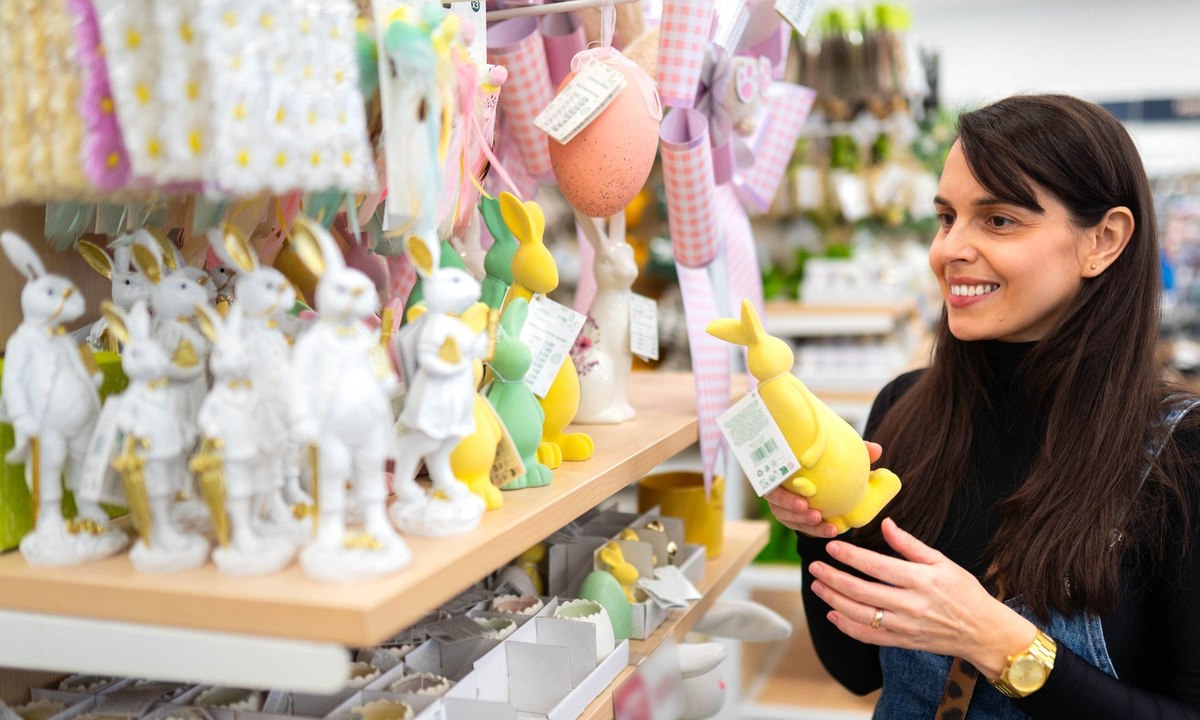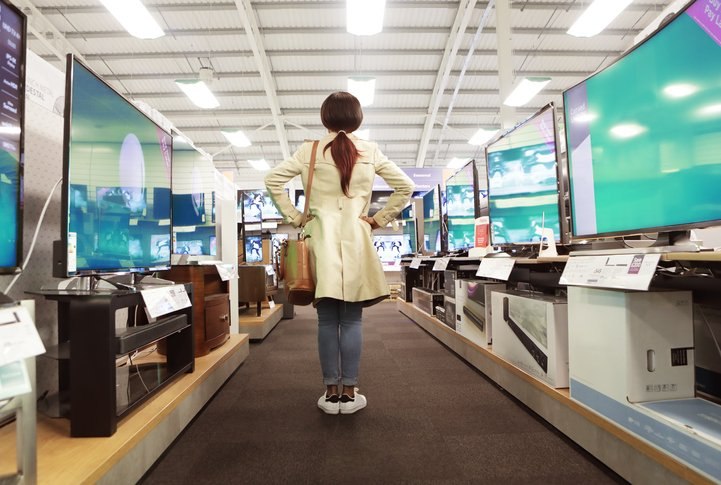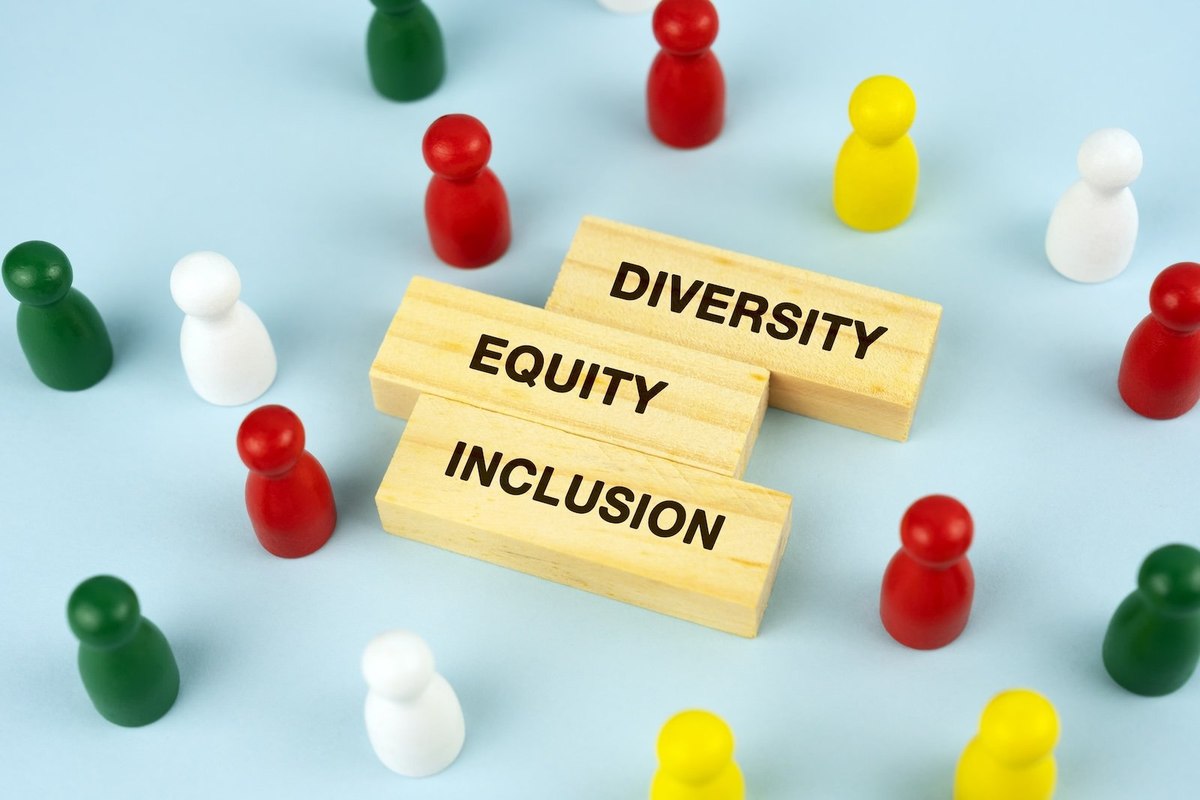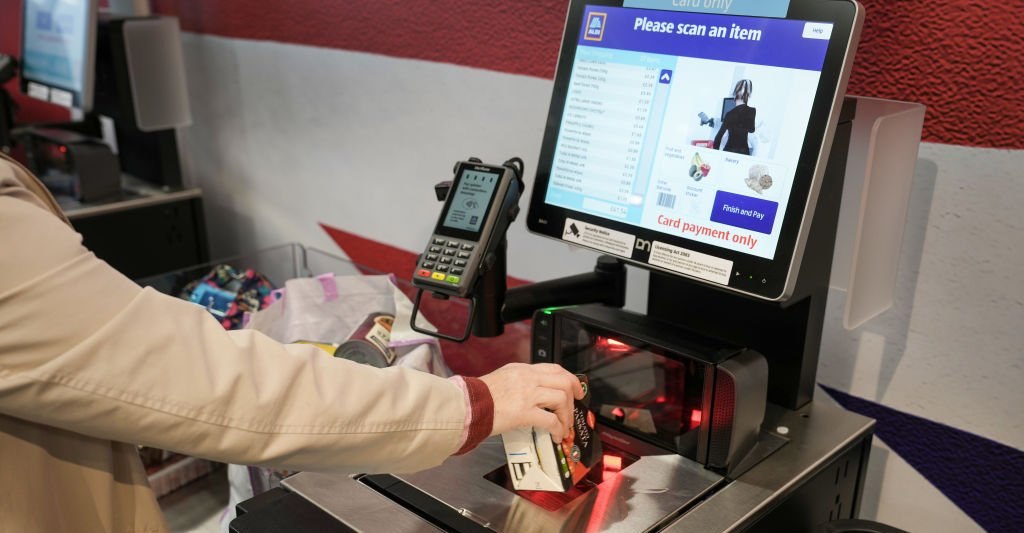
Empty shelves, long queues and self-checkouts: Grievances that most bother British in-store shoppers
In the wake of the pandemic, online shopping became the norm for many, but year-on-year trended data indicates a shift back to physical stores, especially for grocery and clothes shopping.
We delve into the nuances of in-person shopping experiences, more specifically into the grievances UK consumers have when shopping in-store. YouGov conducted a survey, polling 2,074 UK adults.
More than a third of UK adults (36%) say a lack of stock or empty shelves has bothered them in the last 12 months. Following closely, 29% of respondents have been annoyed by waiting in line to pay for their items, and an equal percentage (29%) have run into issues with shops not stocking products they have seen online.
Self-checkout proves to be a source of annoyance for more than a quarter (27%) of UK adults, while 26% find the requirement to pay for bags bothersome. Staff members with insufficient knowledge about the products on sale have been a grievance for 21% of respondents. Other issues include messy merchandising (16%), being passed between different staff members to address a question (13%) and having to provide personal information for returns (12%).
A smaller percentage of respondents are bothered by untidy changing rooms (9%), queuing for changing rooms (7%), limits on the number of items allowed in changing rooms (6%) and the lack of wheelchair-accessible facilities (4%).
Only 15% of UK adults indicate that none of these issues bothered them during their recent in-store shopping experiences.
Differences emerge when we dig into the gender dynamics. Women (41%) express more dissatisfaction with empty shelves compared to men (32%). While around a third of women (34%) are bothered by shops not stocking products they have seen online, only 25% of men echo the sentiment.
On the flip side, waiting in line is more irksome for men (31%) than women (28%). Yet, for issues like self-checkout, paying for bags, staff knowledge, messy merchandising, and staff shuffling, minimal gender disparities exist.
Shifting focus to age groups, those aged 18-24 (36%) and 25-34 (34%) top the dissatisfaction charts regarding unstocked online products. Dissatisfaction with empty shelves peaks among the 35-44 and 45-54 age groups (41% each). Paying for bags is more irksome for the 25-34 age group (32%), while waiting in line vexes 29% of the 45-54 age group and 31% of those over 55.
The use of self-checkout becomes progressively more bothersome as age increases, peaking at 34% for the 55+ age group. Messy merchandising is a relatively consistent concern across age groups, with a slight increase among those between 45 to 54 years (21%). Untidy changing rooms are more bothersome for the 18-24 age group (13%) compared to older age brackets.
The lack of staff knowledge about products on sale annoys 27% of consumers over 55 years. Being passed from one person to another to address a question is reported more frequently among the 35-44 age group (16%). The requirement to give name and address for returns is a concern for 17% of the 45-54 age group.
Concerns about waiting in line for changing rooms and limits on the number of items allowed in changing rooms bothers very few people across all age groups.
Overall, the data paints a vivid picture of diverse perspectives on in-store shopping experiences.
Make smarter business decisions with better intelligence. Understand exactly what your audience is thinking by leveraging our panel of 20 million+ members. Speak with us today.
Methodology: YouGov Surveys: Serviced provides quick survey results from nationally representative or targeted audiences in multiple markets. This study was conducted online on November 29-30, 2023, with a nationally representative sample of 2,074 adults in the United Kingdom (aged 18+ years), using a questionnaire designed by YouGov. Data figures have been weighted by age, gender, education, social grade and region to be representative of all adults. Learn more about YouGov Surveys: Serviced.
Image: Getty Images


